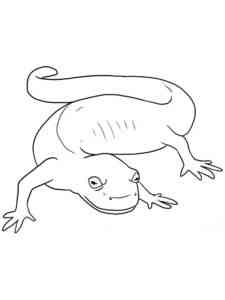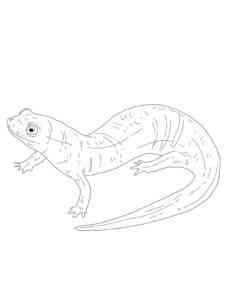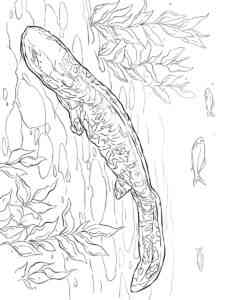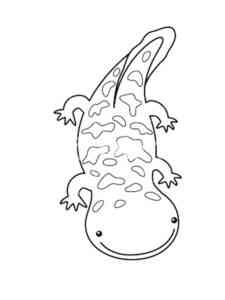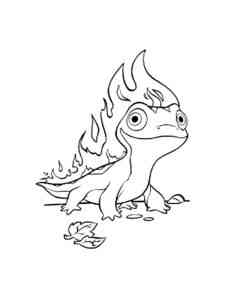
Salamander coloring pages
Salamander coloring pages spotlight the fascinating world of these moist-skin amphibians known for their vivid colors and unique regeneration abilities. Belonging to the order Caudata, salamanders vary widely in size, habitat, and lifestyle. They are primarily carnivorous, feeding on insects, worms, and small invertebrates. Found in various environments, from tropical forests to temperate ponds, salamanders play a crucial role in the ecological balance, acting as both predator and prey.
What Colors Should I Paint Salamander?
Salamanders come in a spectacular range of colors and patterns. Some species boast bright warning colors like yellows, reds, and oranges, often intermixed with black to signal toxicity to predators. Others blend into their surroundings with shades of brown, green, or gray. When painting salamanders, consider using vibrant colors for those species known for their vivid appearances, or more subdued tones for those that rely on camouflage.
Interesting Facts about Salamander
Salamanders have remarkable regenerative capabilities; some species can regrow lost limbs, tails, and even parts of organs, a phenomenon extensively studied by scientists. Unlike most amphibians, many salamanders have a unique direct development, bypassing the tadpole stage and hatching directly into miniature versions of the adult. Salamanders also have a wide variety of reproductive strategies, from laying eggs in water to bearing live young. Interestingly, the presence of salamanders in a habitat often indicates a healthy ecosystem due to their sensitivity to pollution and environmental changes.














